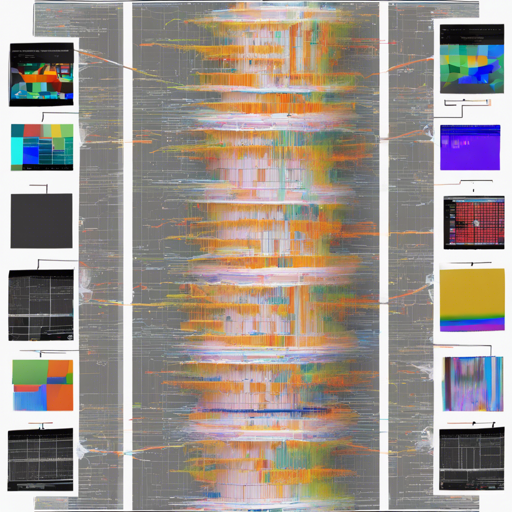In the exciting field of artificial intelligence and machine learning, semantic segmentation is a vital task that allows us to classify each pixel in an image into various categories. Today, we’ll take a creative dive into implementing the ENet (Efficient Neural Network) architecture for semantic segmentation using TensorFlow.
Overview of ENet
ENet is designed for real-time semantic segmentation, providing a balance of efficiency and accuracy. We’ll base our implementation on several existing works, including the official Torch implementation and Keras by Pavlos Melissinos, specifically trained on the Cityscapes dataset.
To observe the results, check out this demo video showcasing its capabilities.
Pre-requisites
- Basic understanding of TensorFlow and Keras.
- Familiarity with Python scripting.
- Access to a system (preferably a VM with GPU capabilities) that can run Docker containers and has TensorFlow installed.
- Cityscapes dataset downloaded and prepared.
Setting Up Your Environment
1. Set up your Azure NC6 virtual machine.
2. Install the necessary software:
- Docker.
- CUDA drivers.
- NVIDIA Docker.
This process resembles setting up a workshop for crafting a piece of art; the right tools are essential for optimal results!
Directory Structure
Ensure your images and labels are organized in the following directory structure:
data_dir/cityscapes/leftImg8bit/train(for training images)data_dir/cityscapes/gtFine/train(for ground truth labels)
Implementation Step by Step
1. Data Preprocessing
You need to preprocess the data to prepare it for training. Here’s the script breakdown:
# preprocess_data.py
# This script prepares images and labels in your specified directories.
2. Model Architecture
Next, we configure your ENet model. The model.py file includes the class definition:
# model.py
# Contains the ENet_model class structure.
3. Training the Model
Use the train.py script to initiate training:
# train.py
# This script will train the model after preprocessing.
4. Running Inference
Finally, you can run inference with your trained model using run_on_sequence.py:
# run_on_sequence.py
# This script processes your demo sequence and generates results.
Troubleshooting Common Issues
While implementing the ENet model, you might encounter some errors. A common one is:
No gradient defined for operation MaxPoolWithArgmax_1. To fix this, insert the following code snippet into your TensorFlow operations:
@ops.RegisterGradient(MaxPoolWithArgmax)
def _MaxPoolGradWithArgmax(op, grad, unused_argmax_grad):
return gen_nn_ops._max_pool_grad_with_argmax(
op.inputs[0],
grad,
op.outputs[1],
op.get_attr(ksize),
op.get_attr(strides),
padding=op.get_attr(padding)
)
Lastly, for more insights, updates, or to collaborate on AI development projects, stay connected with fxis.ai.
Final Thoughts
At fxis.ai, we believe that such advancements are crucial for the future of AI, as they enable more comprehensive and effective solutions. Our team is continually exploring new methodologies to push the envelope in artificial intelligence, ensuring that our clients benefit from the latest technological innovations.
With these guidelines, you’re prepared to embark on your journey of implementing the ENet architecture for semantic segmentation in TensorFlow. Happy coding!

